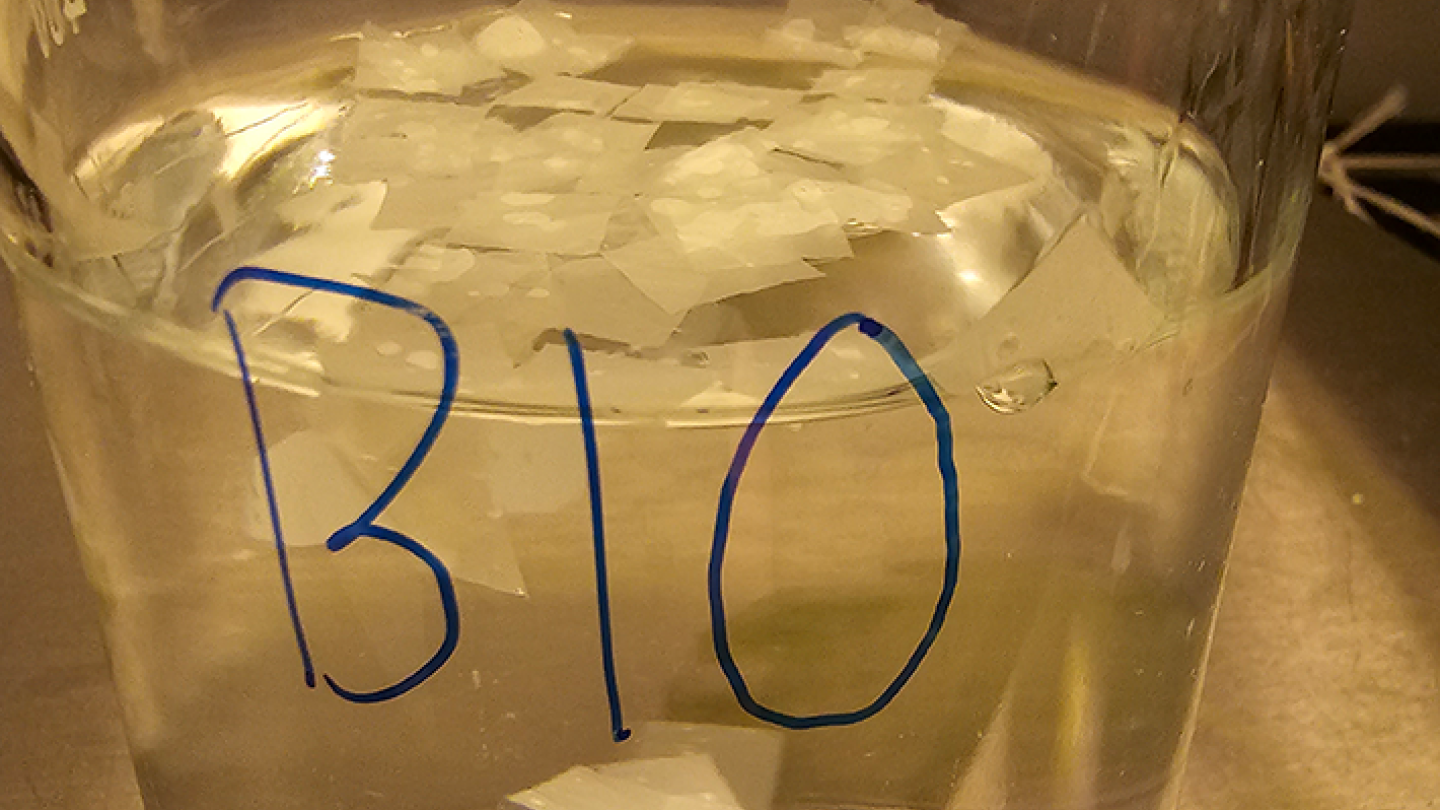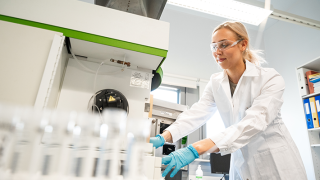The University of Jyväskylä is studying the degradability of plastics in aquatic environments

PlastLIFE is a comprehensive Finnish collaborative project that promotes sustainable circular economy solutions for plastics. The goal is a sustainable circular economy for plastics in Finland by 2035. The Finnish Environment Institute (Syke) has published seven guidelines for decision-makers on biodegradable plastics in connection with the PlastLIFE project. The guidelines suggest that Finland's specific environmental conditions should be taken into account in calculations of plastic degradation. They also propose reforming standards and certification systems to ensure that the use of biodegradable plastics is truly environmentally friendly and transparent.
- It is often thought that biodegradability is environmentally friendly, but this is not always the truth. Aquatic organisms are particularly sensitive to various contaminants, so it is important to define the potential health risks of new biodegradable plastics in the aquatic environment, says Associate Professor Sami Taipale from the University of Jyväskylä.
Research brings hope for the development of biodegradable materials
Researchers in the Department of Biological and Environmental Science at the University of Jyväskylä have studied the biodegradability of biodegradable plastics in lakes and the Baltic Sea using two different methods (weight loss and carbon dioxide production) as part of the PlastLIFE project. The researchers found that there are differences in the biodegradation of plastics in lakes and Bathe ltic Sea, but the different methods also gave different results.
- Some of the materials showed to be biodegradable in aquatic environments, which indicates that it is possible to develop materials that degrade naturally in lakes and seas. This offers promising perspectives for the design of more environmentally friendly disposable products and supports a sustainable circular economy, explains Taipale.
Research into the degradation of plastics in the aquatic environment has so far focused only on the sea account for northern conditions, where lakes freeze over ters. The general criterion is degradation within two years or faster than comparable standard materials. These criteria do not take into account northern conditions, where lakes freeze in winter. Standard methods also do not take into account the four seasons.
- According to our research, degradation at summer temperatures is three times faster than in autumn, winter, or spring. It is therefore important to develop standard methods that also take into account the specific conditions of freshwater and cold climates, says Taipale.
Recycling of disposable packaging
Researchers at the University of Jyväskylä are currently investigating how the materials used in disposable packaging affect its decomposition in the aquatic environment. The aim is to identify the materials that should be used to manufacture disposable packaging so that it is as environmentally friendly as possible.
- Research plays a key role in the development of new, more ecological materials. At the same time, it ensures that harmful materials do not end up in aquatic environments. Lower concentrations may have effects at the molecular or cellular level that elicit a higher level of response only after prolonged exposure, spesifies Taipale.
Re-thinking plastics in a sustainable circular economy
The PlastLIFE project, led by the Ministry of the Environment and Finnish Environment Institute (Syke), promotes the implementation of the Plastics Roadmap for Finland, aiming to reduce littering and other negative impacts of plastics, refuse unnecessary consumption of plastics, increase the recycling of all kinds of plastics, and replace fossil plastics with biobased materials and/or other solutions.
In addition to the Department of Biological and Environmental Science, the Department of Chemistry from the University of Jyväskylä is also participating in the project. The aim of the Department of Chemistry is to utilize recycled plastics in the manufacture of selective filters. The goal is to use filters to capture valuable materials and remove harmful substances from an aqueous environment.






